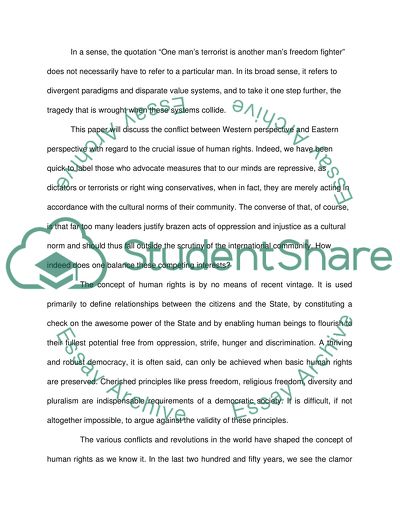Cite this document
(“Cultural studies Essay Example | Topics and Well Written Essays - 2500 words - 1”, n.d.)
Cultural studies Essay Example | Topics and Well Written Essays - 2500 words - 1. Retrieved from https://studentshare.org/miscellaneous/1538842-cultural-studies
Cultural studies Essay Example | Topics and Well Written Essays - 2500 words - 1. Retrieved from https://studentshare.org/miscellaneous/1538842-cultural-studies
(Cultural Studies Essay Example | Topics and Well Written Essays - 2500 Words - 1)
Cultural Studies Essay Example | Topics and Well Written Essays - 2500 Words - 1. https://studentshare.org/miscellaneous/1538842-cultural-studies.
Cultural Studies Essay Example | Topics and Well Written Essays - 2500 Words - 1. https://studentshare.org/miscellaneous/1538842-cultural-studies.
“Cultural Studies Essay Example | Topics and Well Written Essays - 2500 Words - 1”, n.d. https://studentshare.org/miscellaneous/1538842-cultural-studies.


